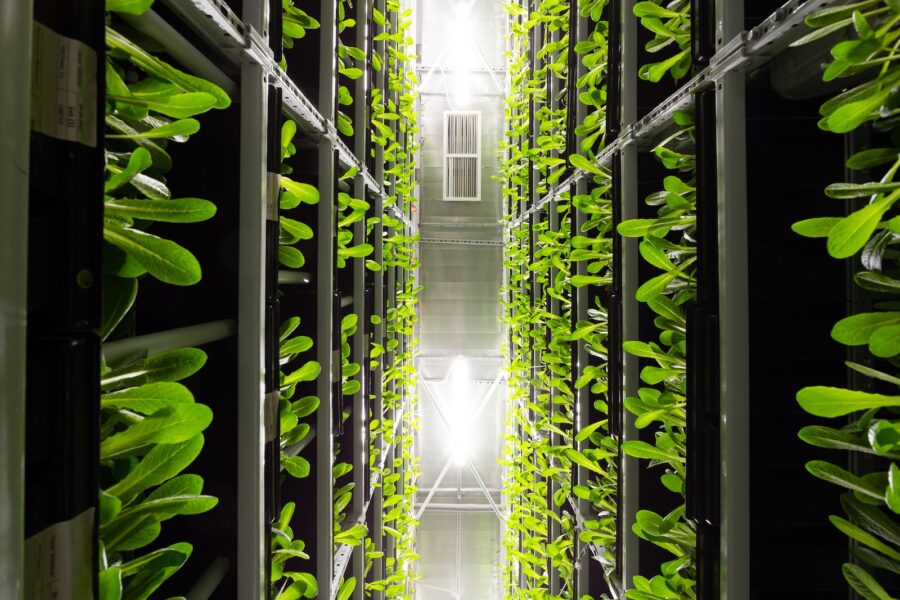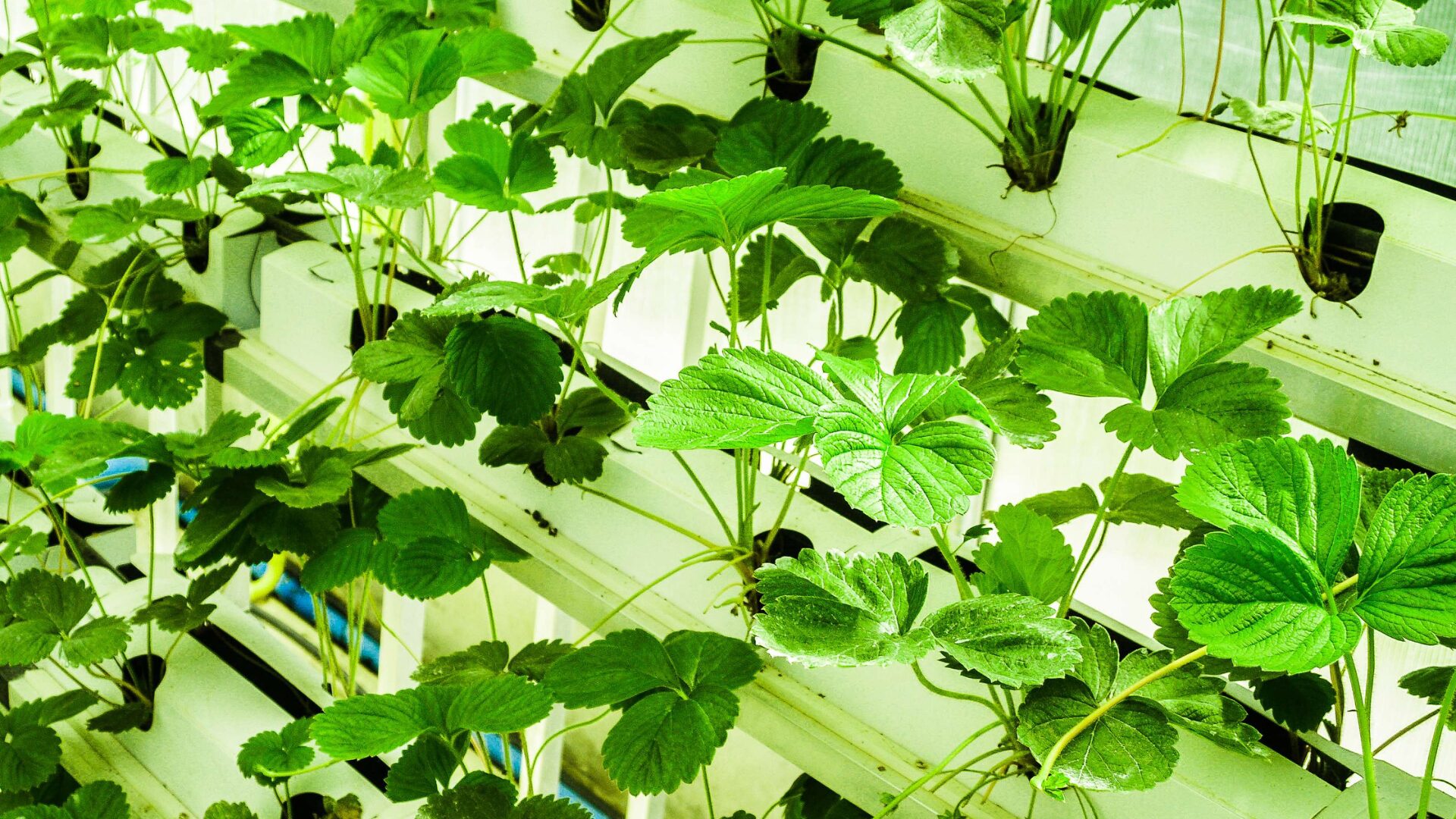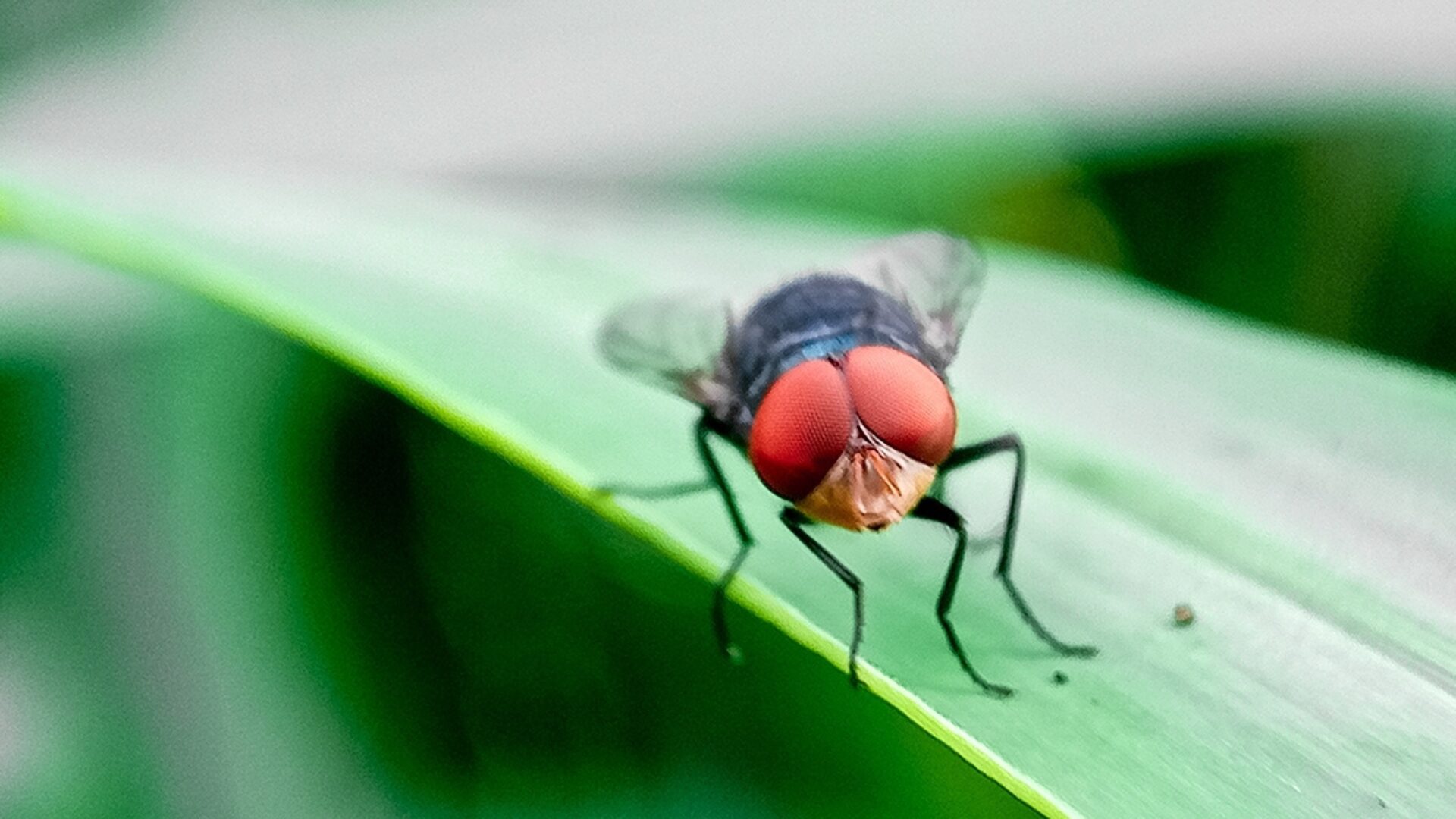The vertical farming market is projected to be worth $20.9 billion dollars by 2029. As traditional farms struggle with droughts, scarcity of arable land, transportation issues and global economic fluctuations, industry experts see big potential in the future of such indoor agriculture.
“From an environmental perspective, vertical farms could play a critical role in reducing land, fertilizer, water, and pesticide use for greens, vine crops, herbs, and other high-value crops,” said Daniel Blaustein-Rejto, director of food and agriculture at The Breakthrough Institute.
DEFINING VERTICAL FARMS
Vertical farms feature high-tech irrigation systems that regulate water usage, and automation to improve yields while minimizing waste. Vertical farms also localize operations, cutting transportation costs and creating significantly less food waste in the process.
Kate Schaffner, global business partner, sustainable agriculture at Kellogg Company, told The Food Institute that, “Vertical farming’s strengths lie in its high productivity and its potential to diversify how and where food is produced, which can promote resilience in our food systems.”
The diversification of where food is produced has already begun, as the world’s largest vertical farm, called ECO 1, recently opened in Dubai. The 330,000-square-foot facility is expected to produce 2 million pounds of greens per year in a country that currently imports 90% of its food.
The ECO 1 farm uses 95% less water than is required to grow greens in a field and the controlled indoor environment eliminates the need for pesticides or herbicides. In order to maintain that controlled environment, the facility automatically tracks and adjusts lighting, humidity, and nutrients—costly tech currently powered by conventional energy, with plans to go solar eventually.
CURRENT CHALLENGES
Both Blaustein-Rejto and Schaffner pointed to energy use as the biggest challenge for the vertical farming industry.
However, Blaustein-Retjo was quick to note that indoor production of certain crops can still have relatively low carbon emissions despite being energy-intensive.
“This is because [vertical farming] can reduce emissions related to food loss, transport, and land use,” Blaustein-Retjo explained. “For instance, over one-third of lettuce and salad greens are typically lost pre-retail—much of these losses are avoidable with indoor production.”
BROADENED HORIZONS
Even the alternative meats industry is getting involved in vertical farming to make production more efficient. Alternative meat startup MyForest Foods recently built what it calls the world’s largest aerial mycelium farm, a 78,000 square-foot facility in Green Island, New York, to increase production of the company’s mushroom-based imitation bacon, reported Axios.
The vertical mycelium farm is expected to produce almost three million pounds of mycelium annually, grown on racks reaching 16 feet tall in buildings designed to replicate a forest-like environment.
As vertical farming methods and technology continue to improve, it’s likely that their total carbon footprint will improve in tandem, making indoor farming a reliable way to grow healthy food with minimal environmental impact. The Abu Dhabi government recently invested $100 million in indoor farming research, while vertical farming startups, such as Bowery, Plenty, Brightfarms and others, are expanding in the U.S.












